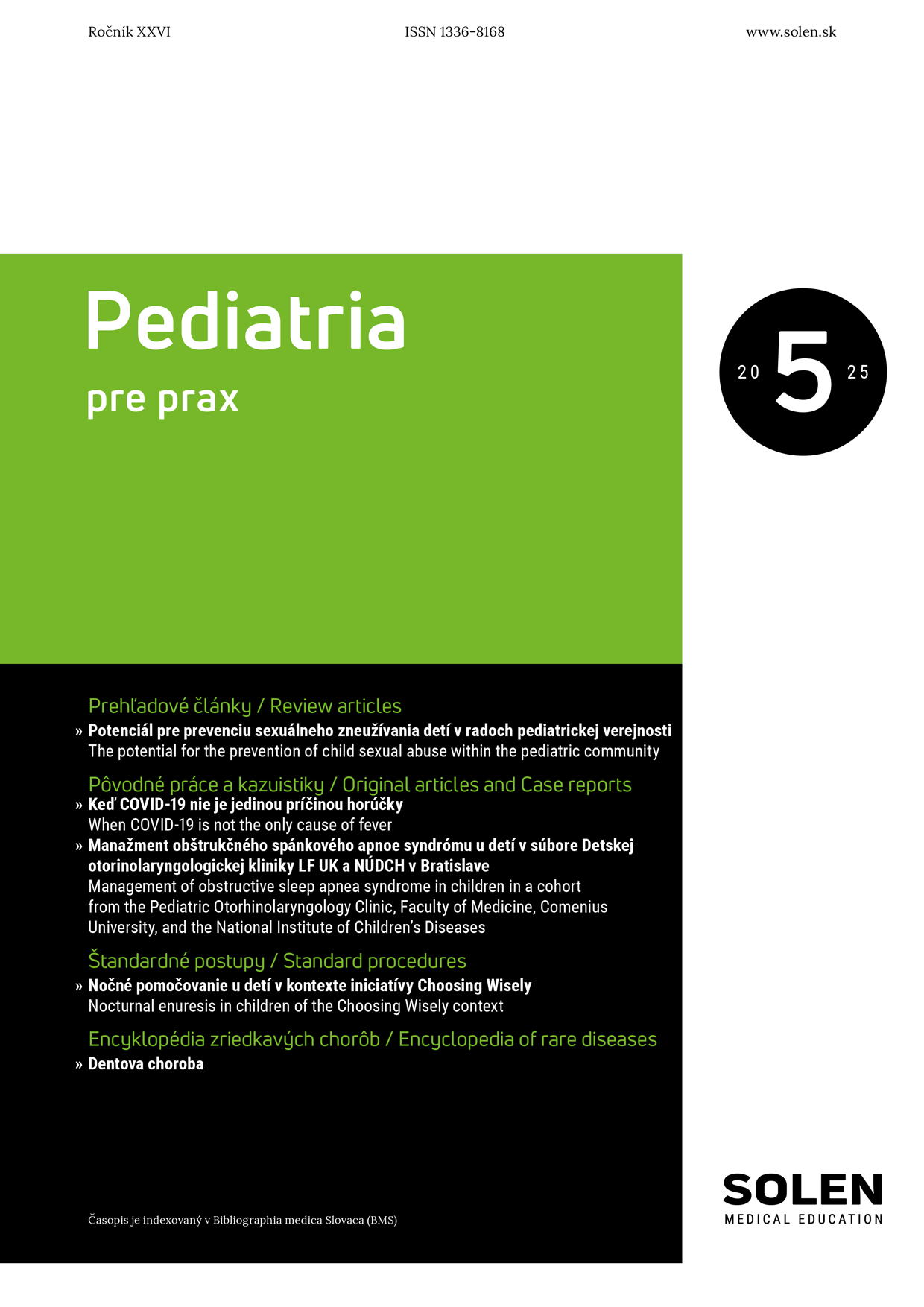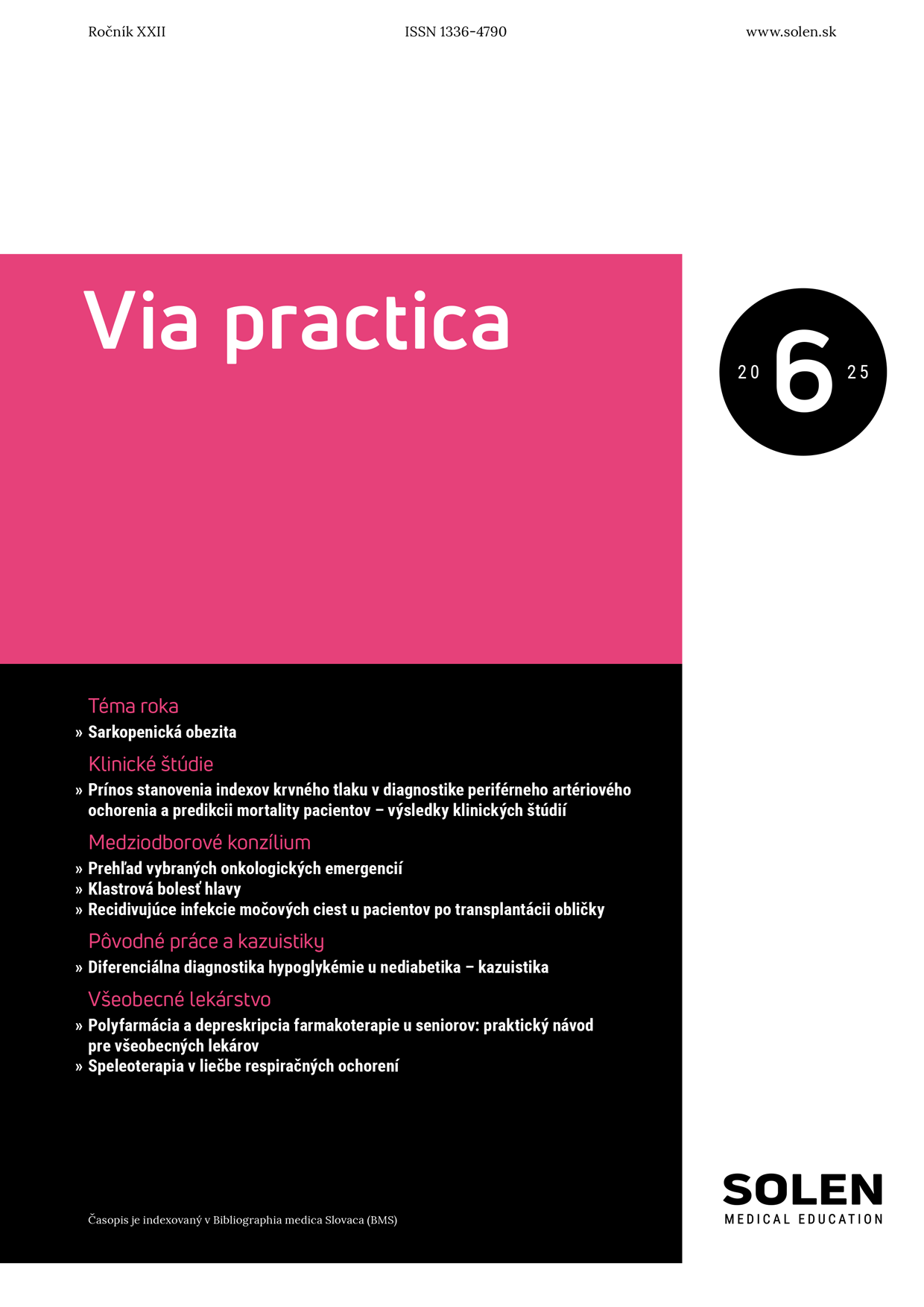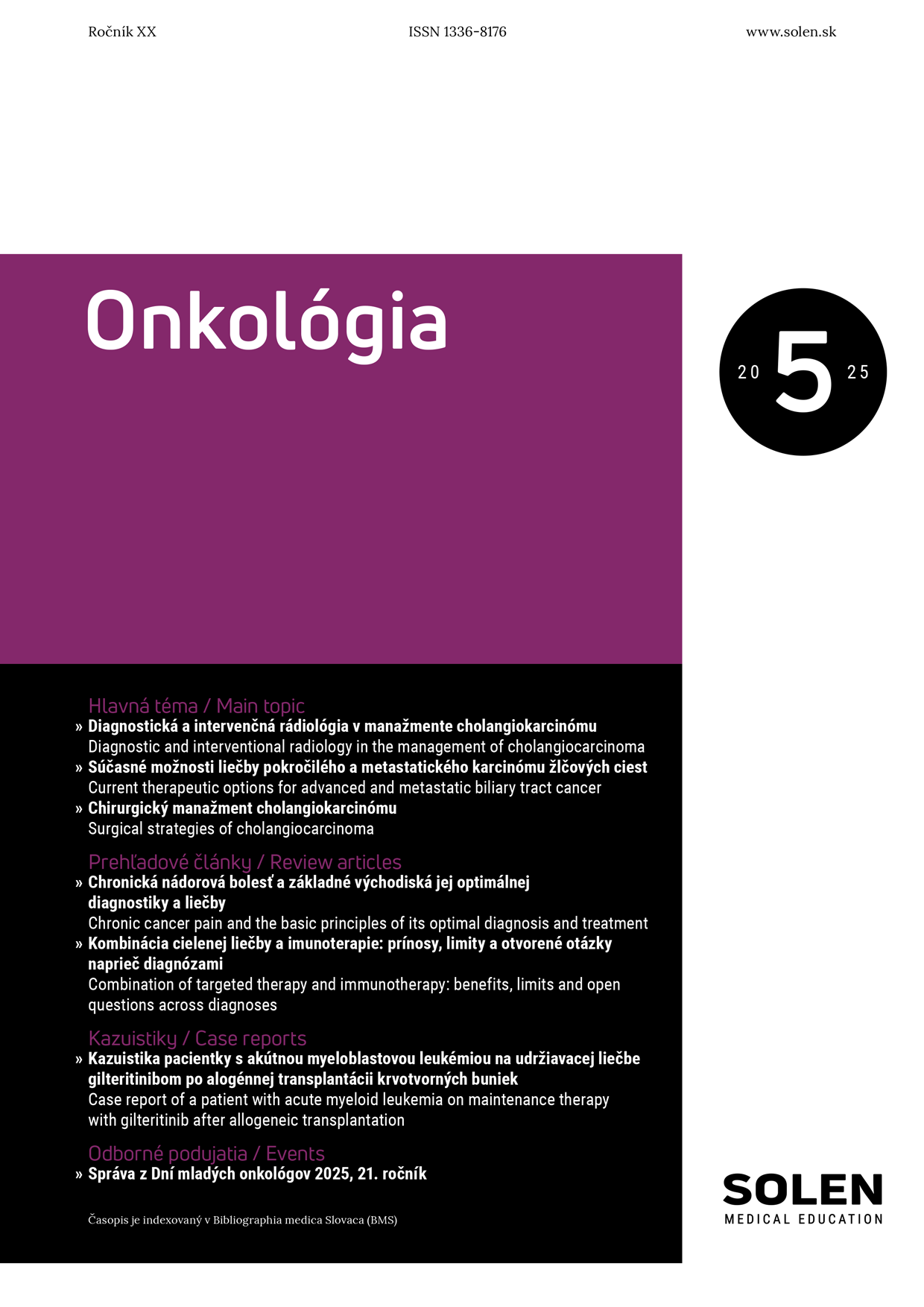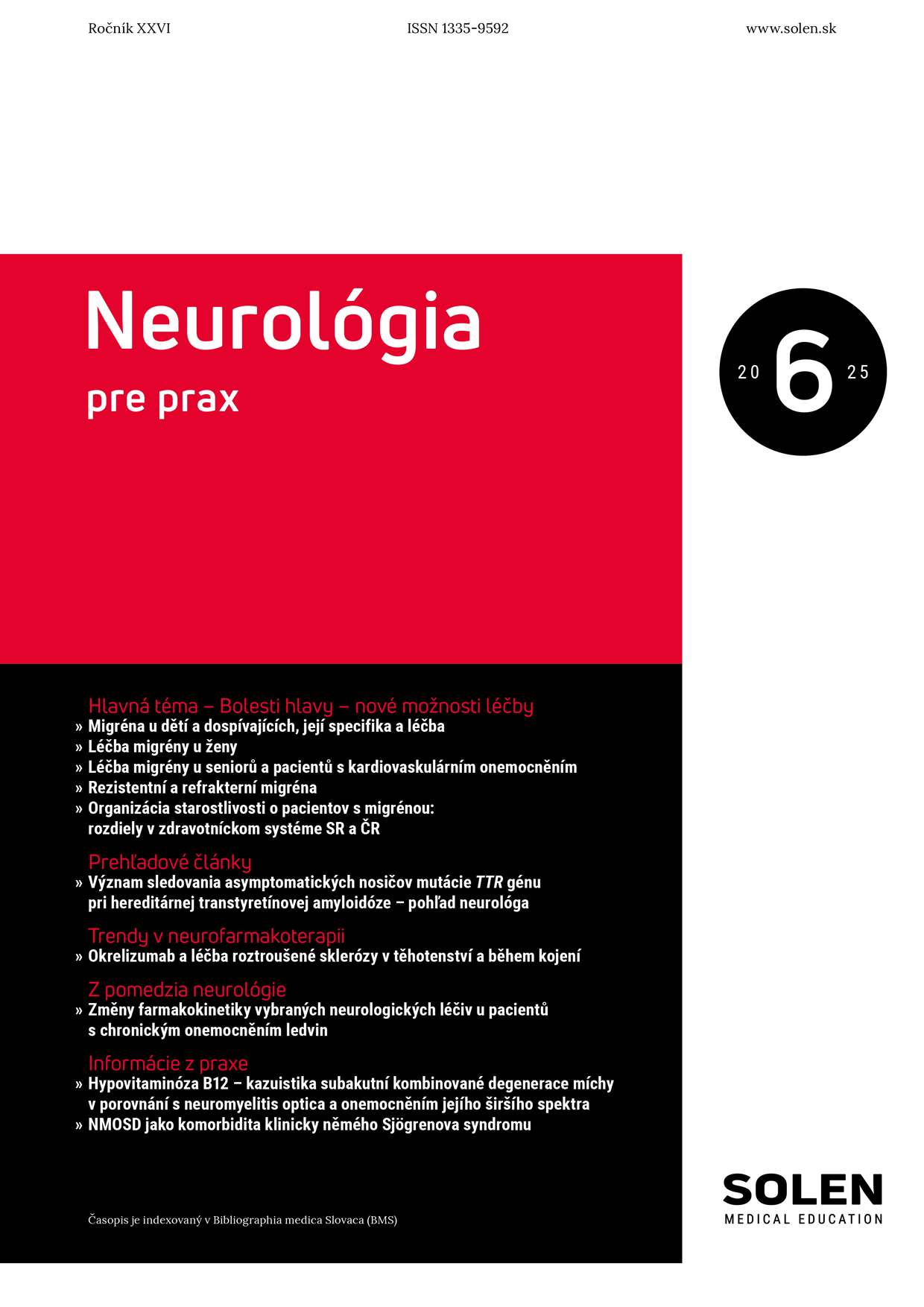Praktické lekárnictvo 1/2014
Rilmenidine use in clinical practice
Arterial hypertension is one of the most important risk factors for atherosclerosis and cardiovascular diseases. Main pathomechanism of arterial hypertension is increased activity of sympathetic nervous system. Rilmenidine is anagonist of I1 imidazoline receptors in brainstem and kidneys. Effect of rilmenidine in medulla oblongata causes decrease of peripheral vascular resistance, decrease of heart rate and improvement of baroreflex sensitivity. In kidneys rilmenidine leads to decreased renin production and decreased natrium and water reabsorption. Antihypertensive effect of rilmenidine is similar to reference antihypertensive drugs (diuretics, betablockers, calcium channel blockers and ACE inhibitors) and was shown in patients with left ventricular hypertrophy, microalbuminuria, dyslipidemia, metabolic syndrome and diabetes mellitus, in older patients and patients with decreased kidney functions. Rilmenidine is well tolerated and has low prevalence of adverse effects. It can be used in monotherapy and also combined with other antihypertensive drugs. Rilmenidine is contraindicated in patients with severe kidney disease (creatinine clearance below 15 ml/minute), in women during pregnancy or lactation and in patients with severe depressions. It can not be combined with monoaminooxidase inhibitors.
Keywords: arterial hypertension, rilmenidine, sympathetic nervous system.

















